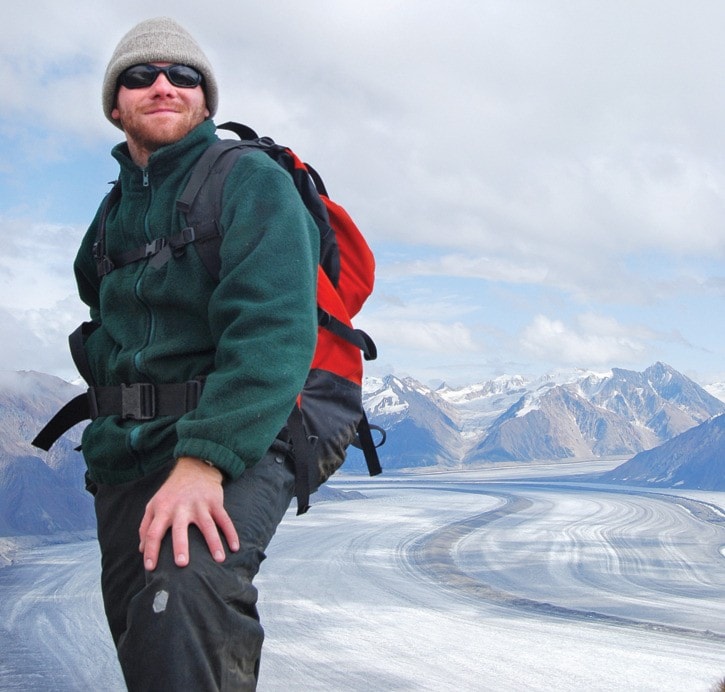The vast Arctic “compost” is thawing, dumping billions of tonnes of carbon dioxide into the atmosphere, which has been unaccounted for in global climate models,
University of Victoria graduate students Andrew MacDougall and Chris Avis, along with noted climate scientist Andrew Weaver, made this claim in a study published this week by Nature Geoscience Letters.
The team used UVic’s coupled global climate model, a system originally derived from weather forecasting, to conclude that melting permafrost – frozen soil, sediment or rock – could release between 68 and 508 billion additional tonnes of carbon into the atmosphere over the next 90 years, raising global temperatures by an average of 0.4 to 0.8C on top of what has been previously estimated.
“It’s basically frozen compost,” MacDougall said. “It’s grasses and manure and bits of animals that have gotten frozen into the permafrost over thousands of years, so you have this frozen material that can’t decay, then you melt the permafrost suddenly.
“Just as if you unfroze compost in your garden, it would start to rot, but it does so very slowly over the course of a hundred years.”
About 18.8 million square kilometres of northern tundra holds about 1,700 billion tonnes of organic carbon, or about four times more than all the carbon emitted by human activity in modern times, and twice as much than is currently in the atmosphere.
Given that global temperatures have already risen by about 0.8C since the Industrial Revolution, limiting global warming to less than 2C – the goal identified in the 2009 Copenhagen Accord – doesn’t leave much room for future emissions, MacDougall said.
“What we’ve been trying to do more lately is trying to find emissions pathways that allow you to stay below two degrees. This makes that a lot harder. … Not impossible, but difficult.”
To stay below the 2C threshold, humans will have to make “very large and immediate reductions in emissions,” he noted.
“Business as usual” scenarios, MacDougall said, usually account for a three-to-four degree rise in temperatures by 2100. The new model would drive temperatures up an additional 10 per cent and more after the 21st century.
nnorth@saanichnews.com
